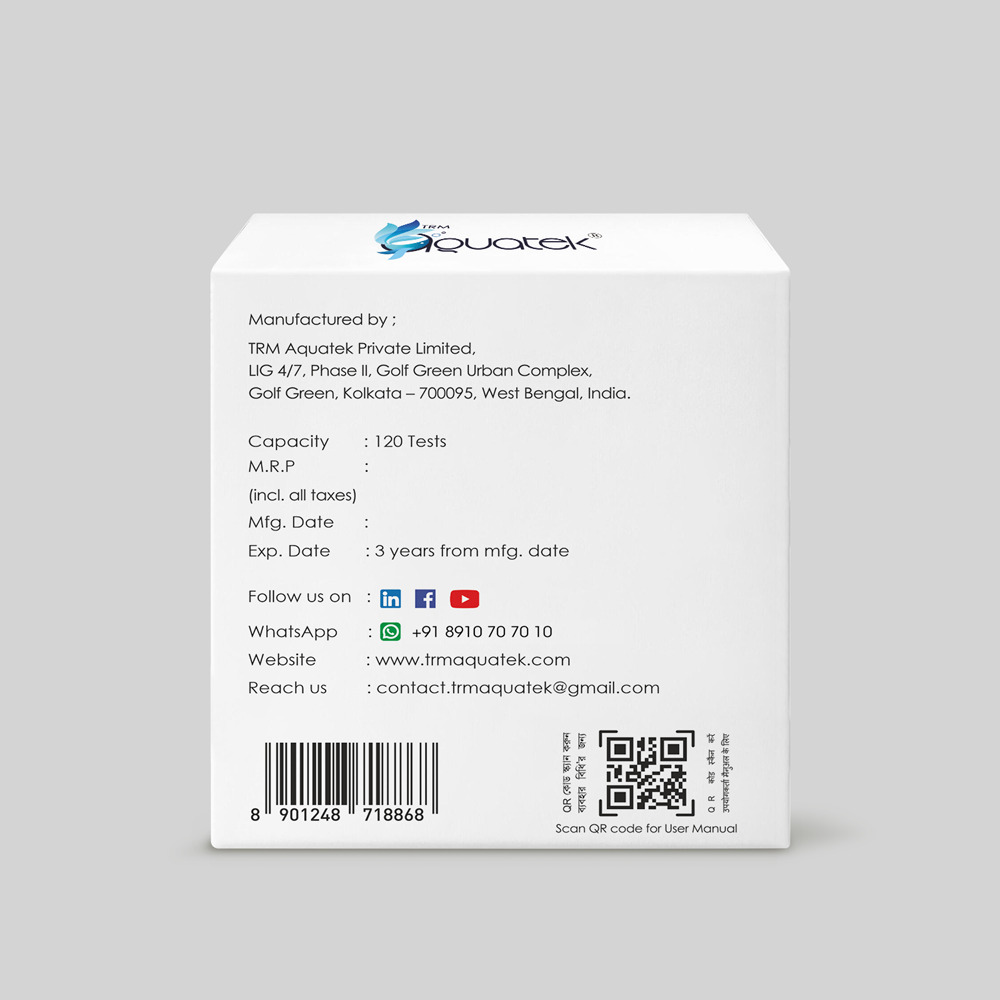The amount of oxygen that is dissolved in the water is critical for fish and other pond life. The maximum amount of oxygen that can be dissolved is controlled by the water temperature. Warmer water can hold less dissolved oxygen than colder water. In general, most pond water can hold about 10 to 12 mg/L of oxygen. Dissolved oxygen is reduced by the biological decay of organic material such as decaying plants and animals or animal and human wastes. Dissolved oxygen levels below about 6 mg/L can begin to have detrimental effects on pond life.
A lack of dissolved oxygen is the most common cause of fish kills in ponds. This occurs frequently when aquatic plants and algae die in the summer or when they are treated with aquatic herbicides. Fish kills due to low oxygen are most common during hot, dry spells when algae grow and then die quickly. The organisms that decompose the dead algae may use so much oxygen that what remains is insufficient for fish. In very deep ponds, the deepest portions of the pond may have very low dissolved oxygen concentrations due to poor aeration.
Problems with dissolved oxygen can usually be controlled by carefully using aquatic herbicides to prevent excessive plant and algae growth in the pond. Ponds that frequently have reduced dissolved oxygen concentrations could benefit from commercially available continuous aeration devices.




